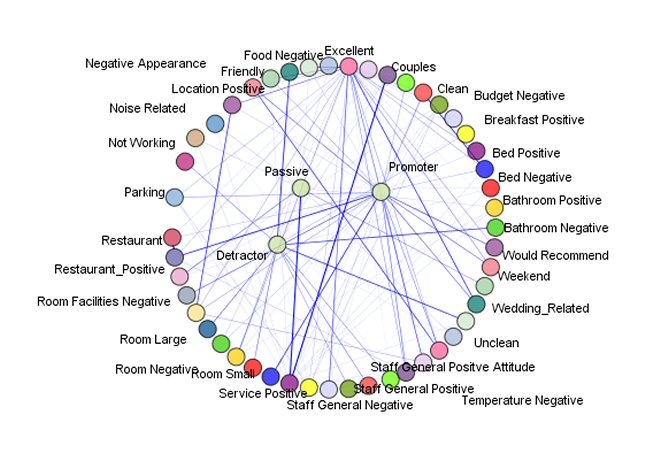The concept of the net promoter score was introduced to the world in Frederick Reichheld’s seminal Harvard Business Review article The One Number You Need to Grow in 2003. Reichheld’s research led him to believe that there was a deep and intrinsic link between profitable growth and customer loyalty. Two years of research revealed that, for most industries, the single best indicator of customer loyalty could be measured by asking people how likely they would be to recommend a particular company to a friend or relative.
Reichheld and his colleagues at Bain and Company partnered with Satmetrix to develop a recommendation scale running from zero to ten where ten meant customers were “extremely likely” to recommend and zero meant “not at all likely.” When they used this scale to analyse how likely customers were to recommend the company to others or to repurchase themselves they found three clusters:
- Promoters – those customers with the highest rates of repurchase and referral had scores of 9 or 10 on the recommendations scale
- Passively satisfied – customers who ranked their likelihood of recommending to be 7 or 8
- Detractors – those customers who scored their chances of recommending between 0 and 6
A company’s net promoter score is the percentage of promoters minus the percentage of detractors. The nugget of gold in Reichheld’s findings was the strong correlation between a company’s net promoter score and its growth rate over a three year period. The higher the net promoter score, the higher the growth, and this finding held true across most of the industries that Reichheld examined.
In the years since, we have seen not just a near global adoption of net promoter score as a key measure for commercial organisations, but also the emergence of an entire NPS industry comprised of market research giants as well as a plethora of specialist consultancies and technology start-ups devoted to all things net promoter score. However the net promoter score only gets you so far. It’s all very well knowing what your NPS is, but what if you want to know what actions you need to take in order to convert the passively satisfied or detractors into promoters?
This is where data science also has an important role to play in the world of NPS. Just as Reichheld et al. have convincingly argued that accurate measurement of customer loyalty is a powerful indicator of future growth, data science (in the form of Predictive Analytics) promises to uncover the those key indicators that drive customers’ likelihood to recommend in the first place. In other words, advanced analytics can help companies to move beyond merely monitoring NPS towards discovering what each customer requires in order to convert them to a Promoter.
In fact by looking beyond simple customer survey or demographic data and instead harnessing the power of information from operational systems (booking systems, web logs, call centres) as well as customer transactional histories (average spend, tenure, product and product/service profile) we can use techniques like predictive modelling to drive greater insight and better decisioning from NPS than conventional analysis or dashboards can do.
This more sophisticated approach includes:
- Automatically uncovering the key drivers that lead people to become promoters or detractors from data that records customer interactions and transactions.
- Unlocking the power of unstructured data such as the answers to open-ended questions where customers are asked why they provided a particular recommendation score. Alternatively, mining call centre data or internal communications to find powerful new indicators of detraction or promotion.
- Using predictive models to estimate customers’ recommendation scores even if they have not been surveyed or before their next transaction is complete.
In the coming weeks we’ll be launching a predictive net promoter score solution that will allow companies to do exactly this – drive greatly profitability via a deeper understanding of their most important customer loyalty metric to the extent that they can actually predict an individual customer’s likelihood to recommend. The best way to get more information about this and be alerted as soon as it’s available is to connect with us on Twitter, LinkedIn, Facebook or Google+.


